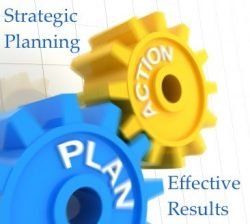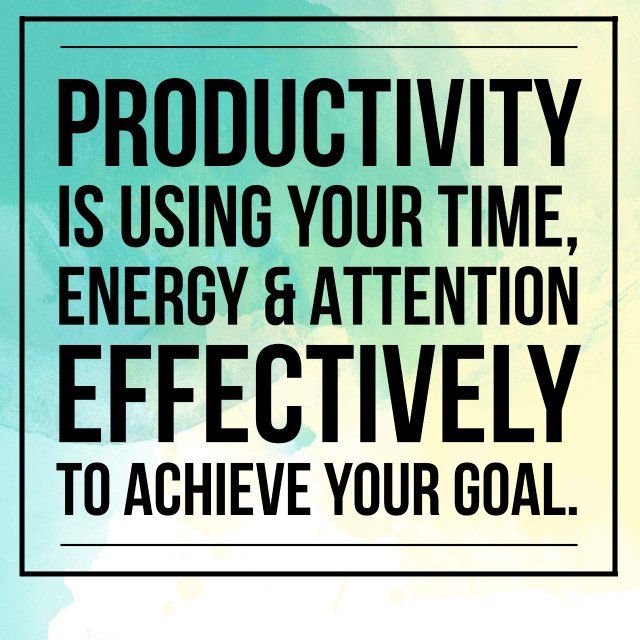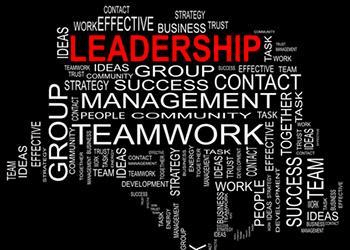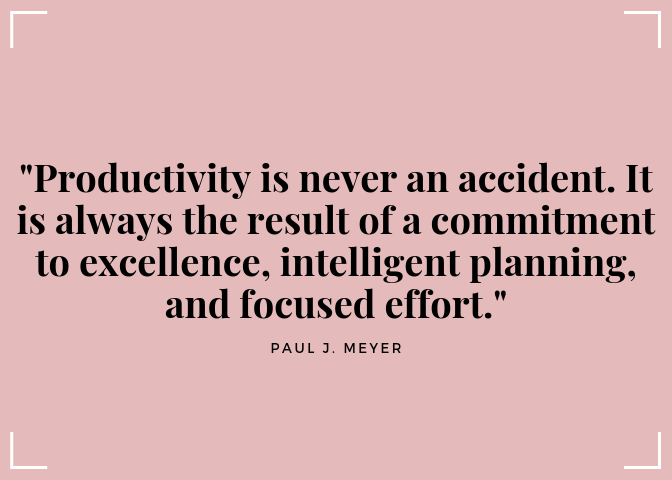Does Your Organization Have a Living Strategic Plan?

A strategic plan…that document every nonprofit organization seems to have, but no one ever reads. If you are a staff or board member of most nonprofit organizations, you have probably participated in a strategic planning process at some point. Perhaps it was facilitated by an outside consultant who met with your team or maybe it was led by your Executive Director or Board Chair. Maybe you had a staff or board retreat, talked about what the organization had accomplished in the past few years, did a SWOT analysis, and discussed goals for the future. Then the consultant and organization leadership worked on a final document that was a plan for what would happen in the coming 3-5 years. But what happened to that plan? As you continued your work as a staff or board member, how often did you think about the Strategic Plan?
No matter how well thought out, a Strategic Plan is only effective if it is put into action instead of put on a shelf and only referenced occasionally. There are several ways to make your Strategic Plan an active part of your organization.
- Make sure that there is a Work Plan included in the final document. A Strategic Plan always includes overarching goals and objectives that the organization wants to accomplish over the course of the plan’s life cycle. Good Strategic Plans also include a Work Plan that provides a timeline and specific tasks that are assigned to people or groups in order to accomplish those goals or objectives. For example, if one of the goals of your Strategic Plan is to expand services into another region, tasks may be to establish a board and staff committee for this purpose, complete research into costs and sustainability needs, identify potential partners in that region, etc. Each task is assigned a timeline for completion in the Work Plan.
- Ensure every staff member has an active role in accomplishing the goals of the Strategic Plan. Change can be difficult for staff, especially those who have been with an organization for years. Hopefully your staff team participated in the strategic planning process and has ownership of the plan. Now that you are executing the plan, make sure that there are roles for different departments and people at all levels of your organization. Building a strong tomorrow is important to a thriving nonprofit, and staff members who are engaged in the process and feel valued will help ensure the strength of your organization for years to come.
- Assign each goal area for regular review at board meetings. When I was an Executive Director, our Strategic Plan had four goal areas. Our board had eight regular meetings per year that were not for an assigned topic (i.e. our audit). We reviewed two goal areas from the Strategic Plan at each of those board meetings. This regular review kept the board up to date on the progress the organization and committees were making on tasks assigned in each goal area and also allowed them to reassess some items that needed to be shifted over the course of the Strategic Plan. This process kept the Strategic Plan on the agenda at each board meeting and helped the board to maintain its vision in decision making over the 3-year plan period.
- Recognize when it is time to be flexible. We live in a constantly changing world, and none of us are able to anticipate all that will happen in the next three to five years. Strategic Plans provide road maps for organizations to follow in decision making, but they cannot anticipate every scenario that might arise. It is important for organizations to recognize if the timelines in a Work Plan are unattainable or if the goals in a Strategic Plan need to shift based on the current needs of the organization or the community where the organization is working. Regularly reexamining the Strategic Plan as a staff and as a board will help you know if you are on track or if there are items that may need to be reexamined.
Keeping your Strategic Plan alive and active in your organization will substantially increase the likelihood of accomplishing the goals and objectives within your plan. It will also help to keep the staff and board on the same page.
What steps has your organization taken to make your Strategic Plan a living document?











